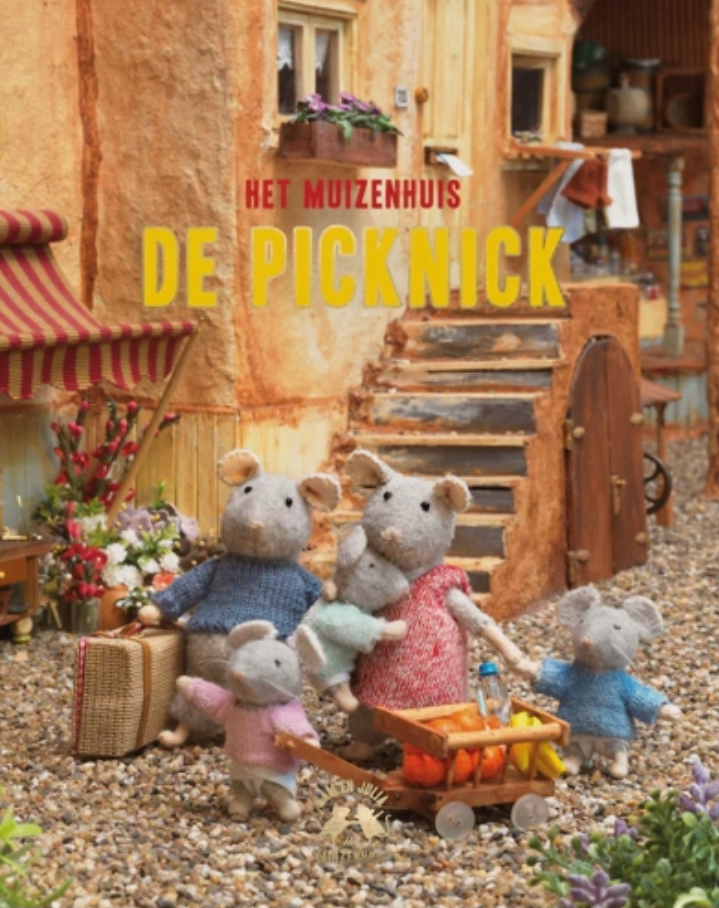As the clock strikes midnight, signaling the arrival of a new year, Dutch households come alive with the delightful aroma of oliebollen frying in hot oil. Oliebollen, translating to "oil balls" in English, are deep-fried doughnuts that hold a special place in Dutch hearts and stomachs during the festive season. This delectable treat has become synonymous with bidding farewell to the old year and welcoming the new one in the Netherlands.

Origins and Significance
The history of oliebollen dates back centuries, with the earliest known references to the tradition found in cookbooks from the 17th century. Originally associated with the Germanic Yule celebrations, the Dutch adapted and embraced oliebollen as a staple for New Year's festivities. The round shape of oliebollen is said to symbolize the cyclical nature of life and the continuity of the seasons.
Oliebollen are made from a simple yet magical combination of flour, yeast, milk, eggs, sugar, and a pinch of salt. The dough is left to rise until it doubles in size, creating a light and airy texture. Traditionally, raisins or currants are added to the dough, infusing each bite with a burst of sweetness. The dough is then carefully scooped and dropped into hot oil, where it transforms into golden-brown orbs of deliciousness. After a thorough dusting of powdered sugar, these little fritters are ready to be devoured.
A Sense of Community, let's Celebrate
What makes oliebollen truly special is the communal aspect of their preparation. Families and friends often gather in the kitchen, each person having a role in the assembly line of mixing, scooping, and frying. This shared experience adds an extra layer of warmth to the tradition, fostering a sense of togetherness and joy.

Olibollen Stands during the Festive Season
During the festive season, oliebollen stands pop up across Dutch towns and cities, offering a convenient way for people to indulge in this seasonal treat without the need for extensive preparation. These stands become a focal point for communities, bringing people together to share a common culinary experience.

Let's not forget to mention one of our favorite Oliebollen stands for years, the one that has won over many hearts from Amsterdam over the past 30 years. With the crispy exteriors and pillowy interiors, it has truly carried on the Dutch tradition. Our number one choice goes to the oliebollen with raisins. The frying process helps to caramelize the raisins, making them crunchy and extra sweet.

If you are bold enough, give a try of other popular choices!

Welcoming the New Year
As the clock counts down to midnight on New Year's Eve, it is customary for Dutch families to serve oliebollen alongside other traditional treats and beverages. The sweetness of the oliebollen is believed to usher in a sweet and prosperous new year, making it a cherished custom for many.
Oliebollen are more than just fried dough! They are a symbol of togetherness, tradition, and the anticipation of new beginnings. As the Dutch savor the delightful combination of crispy exteriors and pillowy interiors, they are not just enjoying a treat but participating in a time-honored ritual that connects generations and creates lasting memories.
So, as the clock strikes twelve, raise a powdered sugar-dusted oliebol to toast to the joys of the past and the promises of the future.
Gelukkig Nieuwjaar!! (Happy New Year!)

Glamorous team
#Oliebollen#Nieuwjaar



